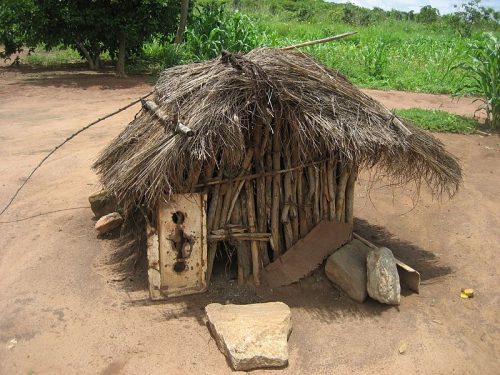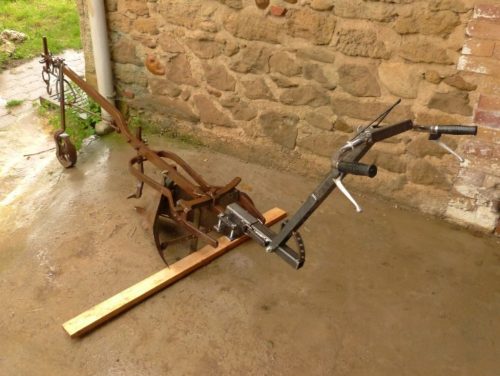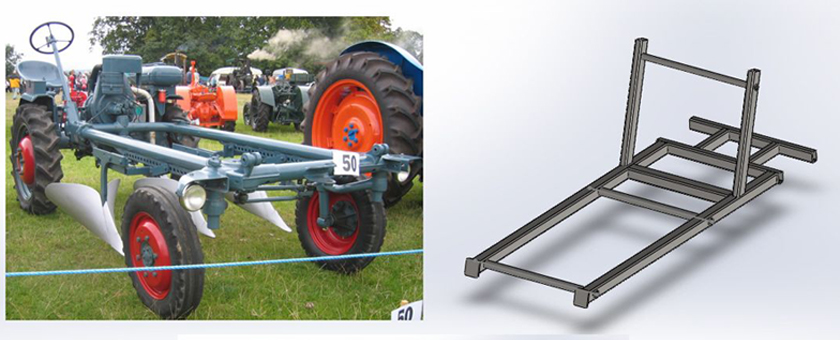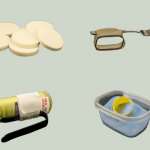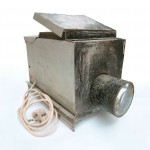During a global catastrophe such as a nuclear winter, in which sunlight and temperatures are reduced across every latitude, to maintain global agricultural output it is necessary to grow some crops under structures. [Read more…]
“Diseconomies of Scale”: High-tech Versus Low-tech Supply of Eggs
Summarized from [paywall]: Trainer, T., A. Malik, and M. Lenzen. “A Comparison Between the Monetary, Resource and Energy Costs of the Conventional Industrial Supply Path and the “Simpler Way” Path for the Supply of Eggs.” Biophysical Economics and Resource Quality 4.3 (2019): 9.
Traditional housing for chickens in Zembe, Mozambique. By Ton Rulkens – Traditional housing 2, CC BY-SA 2.0.
Global sustainability requires large-scale reductions in rich world per capita resource use rates. Globalised, industrialised and commercialised supply paths involve high resource, energy, dollar and other costs. However, “The Simpler Way” involving small-scale integrated localised settlements and economies can enable enormous reductions in these costs. This study uses input–output analysis of one product, eggs, to illustrate how big the difference between the two paths can be. [Read more…]
Bicycle Powered Thresher
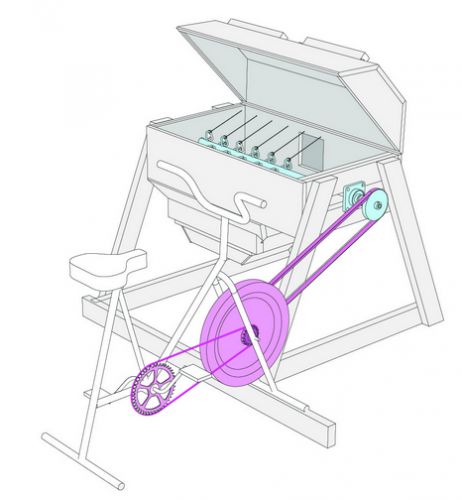 Farmhack has complete instructions for making a bicycle powered thresher. It works on various crops including dry beans, wheat, rice, rye, einkorn, and lupine, and threshes about one pound per minute.
Farmhack has complete instructions for making a bicycle powered thresher. It works on various crops including dry beans, wheat, rice, rye, einkorn, and lupine, and threshes about one pound per minute.
This is the first of three tools for small scale grain processing. The other two tools are the bicycle powered fanning mill and the bicycle powered de-huller/flour mill.
Unlike some “hacks” for small farmers, the Grain Bikes don’t solve an acknowledged problem so much as create new opportunities for small farmers. Dry beans and grains are non-perishable, can be sold, eaten, or planted to avoid seed costs (such as rye for cover crops), and, the labor for processing them can be shunted to the winter when more time is available.
Pigeon Towers: A Low-tech Alternative to Synthetic Fertilizers
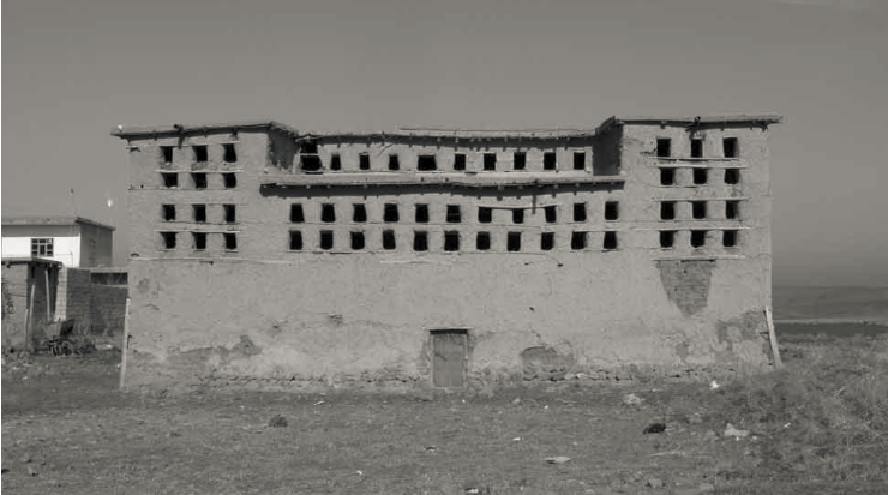 Photo credit: Bekleyen, A. (2009). The dovecotes of Diyarbakır: the surviving examples of a fading tradition. The Journal of Architecture, 14(4), 451-464..
Photo credit: Bekleyen, A. (2009). The dovecotes of Diyarbakır: the surviving examples of a fading tradition. The Journal of Architecture, 14(4), 451-464..
Many societies, ancient and contemporary, have innovated ways of supplying their fields with fixed nitrogen and phosphorus—two crucial ingredients for crop productivity. One is crop rotation, which alternates nitrogen-fixing and nitrogen-exhausting crops. Farmers around the world make use of chickens, ducks, and geese to add “fresh” guano to their fields. Cattle manure is another useful alternative—although it often lacks in phosphorus. Much more labor intensive than simply adding fossil-fuel derived synthetic fertilizer, these practices tend to build up soil, limit greenhouse gas emissions, and lead to less run-off into rivers, lakes, and oceans.
Persian pigeon towers are one of the more elegant solutions to the nitrogen-phosphorus problem. These are essentially castles built for thousands of wild pigeons, strategically placed in the middle of the fields. Their droppings were shoveled up once a year and sold to nearby farmers. While most pigeon towers existing today are in disrepair, the oldest still standing are dated to the 16th century (but they are assumed to have existed over 1,000 years ago) and helped fuel the cultivation of Persia’s legendary orchards, melons, and wheat production.[1] [Read more…]
Adapted Tools for Organic Farming
L’Atelier Paysan is a French-speaking collective of small-scale farmers, employees and agricultural development organisations who design open source farm tools.
Based on the principle that farmers are themselves innovators, they have been collaboratively developing methods and practices to reclaim farming skills and achieve self-sufficiency in relation to the tools and machinery used in organic farming.
They have an English language website, which includes about a dozen tool descriptions with technical drawings. All tools can be appropriated and modified by farmers. [Read more…]
Slow Farming Tools
As a result of the industrial revolution and the subsequent development of “big agriculture,” small-scale farming tools have become almost obsolete. In order to fulfill the demand created by a burgeoning community of small-scale farmers, Stone Barns Center has partnered with Barry Griffin, a design engineer, to develop farming equipment and tools. Called the Slow Tools Project, this partnership brings together leading engineers and farmers to design and build appropriately scaled tools that are lightweight, affordable and open-source. [Read more…]

